Con: Armed and Dangerous

Photo courtesy of Wikimedia Commons
April 4, 2018
In all of these tragedies, one thing stands clear: the answer to guns is not more guns.
Armed teachers will not solve the problem of school shootings. As Assistant Principal Leonard Cousins explains, they would increase danger during regular school days and create more chaos during a shooting situation. Even if the carriers have military experience, guns in a learning environment still pose greater potential harms than benefits.
“In terms in arming them for the metroplex, absolutely not. I think it’s a horrible idea,” Cousins said. “I don’t believe armed teachers are the answer.”
Teachers go through years of college and training with one goal in mind: to learn to teach. Teachers do not attend college to study basics in firearms or principles of shooting. A teacher holds the responsibility of teaching, and the pressure a gun would place on teachers creates a distraction from this. Coach Christopher Hudson agrees guns would ruin his desire to teach.
“If everyone was allowed to carry a gun on campus, I would get out of teaching,” Hudson said. “That’s how I would feel. Because I didn’t sign up for that.”
In 2016, gun accidents were the third highest cause of death in the United States, and one age group stood out as the most vulnerable to these fatal mistakes: teens. School already provokes intense stress, depression and disruptive behavior in adolescents. If one were to add guns to this equation, the campus would become nothing short of a potential disaster site; having guns within reach of students increases the risk of an irreversible accident. Guns would cause problems even before a shooter showed up.
“The problem is, if a fight breaks out, who’s to say that [the students] can’t grab my gun,” Hudson said. “So you’re going to put an environment where kids are already all sorts of mental capacities, and now you’re going to introduce more guns on to that environment — that scares me.”
The layout of schools does not accommodate guns. Gunshots echo in hallways, so in a shooting a teacher would struggle to judge where a threat comes from. If multiple shots go off from different places, police would also struggle to find the true source when they arrive. Police could accidently shoot at an armed teacher, and vice-versa.
“In a chaotic situation like that it’s hard to determine in a school who’s actually firing,” Cousins said. “I think [guns] make the situation worse rather than better.”
Guns do not guarantee safety, even when handled by trained, experienced personnel. For example, Chris Kyle, a Navy Seal veteran and sniper, died in 2013 when a fellow veteran shot him at a shooting range. Despite his exceptional experience in the military, Kyle could not defend himself against a deranged person. Shootings at military bases also happen, despite being full of armed soldiers and experienced veterans. So, if armed military members can’t completely defend against an attacker, then how would a high school teacher?
“I feel like it’s foolish to make you think that a teacher would respond exactly as an armed military,” Hudson said. “If a trained navy seal sniper cannot stop a demented man with an assault rifle, I don’t think that I would have the power in me to stop someone.”
The district must invest in greater safety measures, not in guns. Enhanced drills and increased security provide just as strong of a defense as guns. The school requires lockdown drills to prepare for chaotic scenarios. Lockdown protocols suggest a corner, no lights and a covered window would result as efficient. But it’s not. Drills that mimic reality and require students to place blockage around entrances, for example, would prove more effective. Preparation can overpower chaos.
“I like our safety drills,” Cousins said. “What I would like to do is just make them a little more realistic, and I would like our kiddos to take them a little more seriously. I don’t want them leaving the classroom with a cell phone in their hand, talking on their phone and trying to text. I need [students] to pay attention when we do lockdowns — pay attention because you know we could actually end up doing that for real one day.”
Although the school already takes safety measures, further weapon-less safety measures can make our school more safe. Placing more cameras, ensuring doors remain constantly locked and hiring hall monitors ensure safety without the risk guns bring.
“If you really want to improve these schools here in Mansfield the first thing you have to invest in is security of the building itself,” Cousins said. “And, I believe that the [police] we have here — I absolutely believe they would engage the shooter and I believe they would lay their lives down for our kiddos.”
Students must feel safe — not scared — in schools. Arming any teacher with a gun creates an atmosphere of fear for the students, especially if they don’t know if their teacher has one. Students will feel anxious as they contemplate why the school administration has taken such a drastic measure and as they have the knowledge a teacher should pull out a lethal weapon at them at any moment.
“[Guns are] a weapon of violence and it’s not conducive to learning,” junior Phillip Ipock said. “It would probably scare me.”
Schools must prioritize student safety and educations before anything else. With firearms comes a high risk for deadly accidents, a smaller chance of successful intervention and added stress on teachers and students. This decreased sense of security creates a culture of fear, not of learning.
“The first thing is first: keeping kids safe. You can’t do education until you’re keeping kiddos safe,” Cousins said. “If they feel safe, you’re more likely to be able to reach them.”



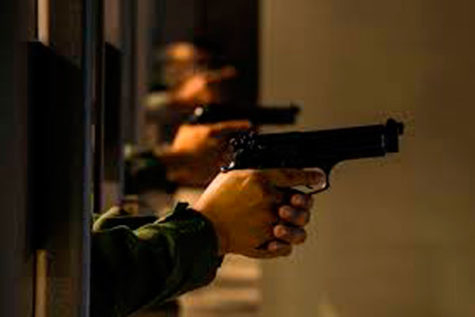
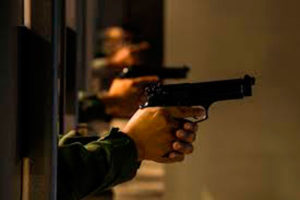
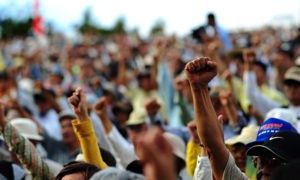
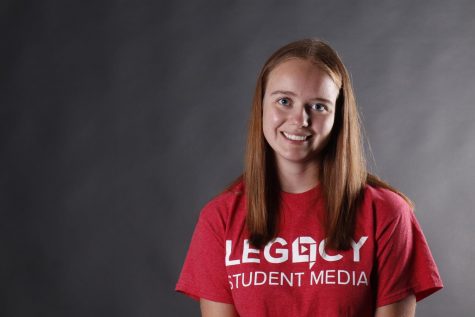

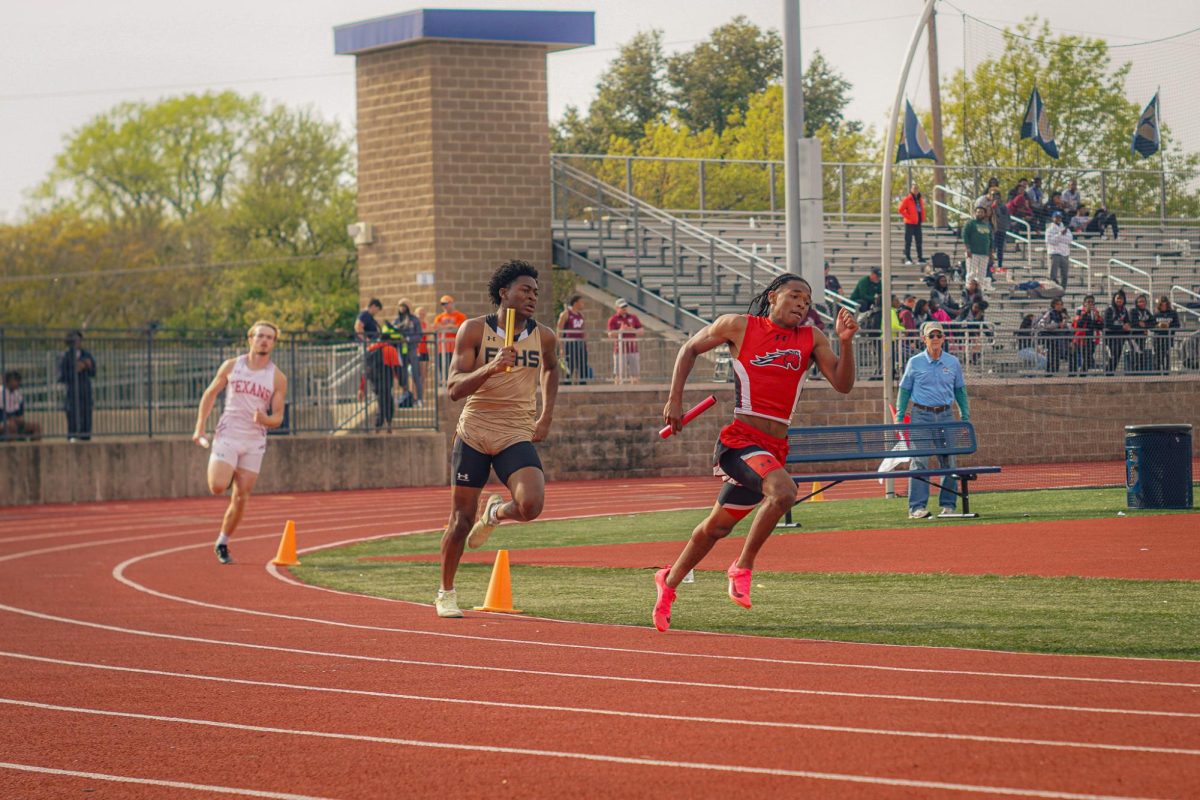

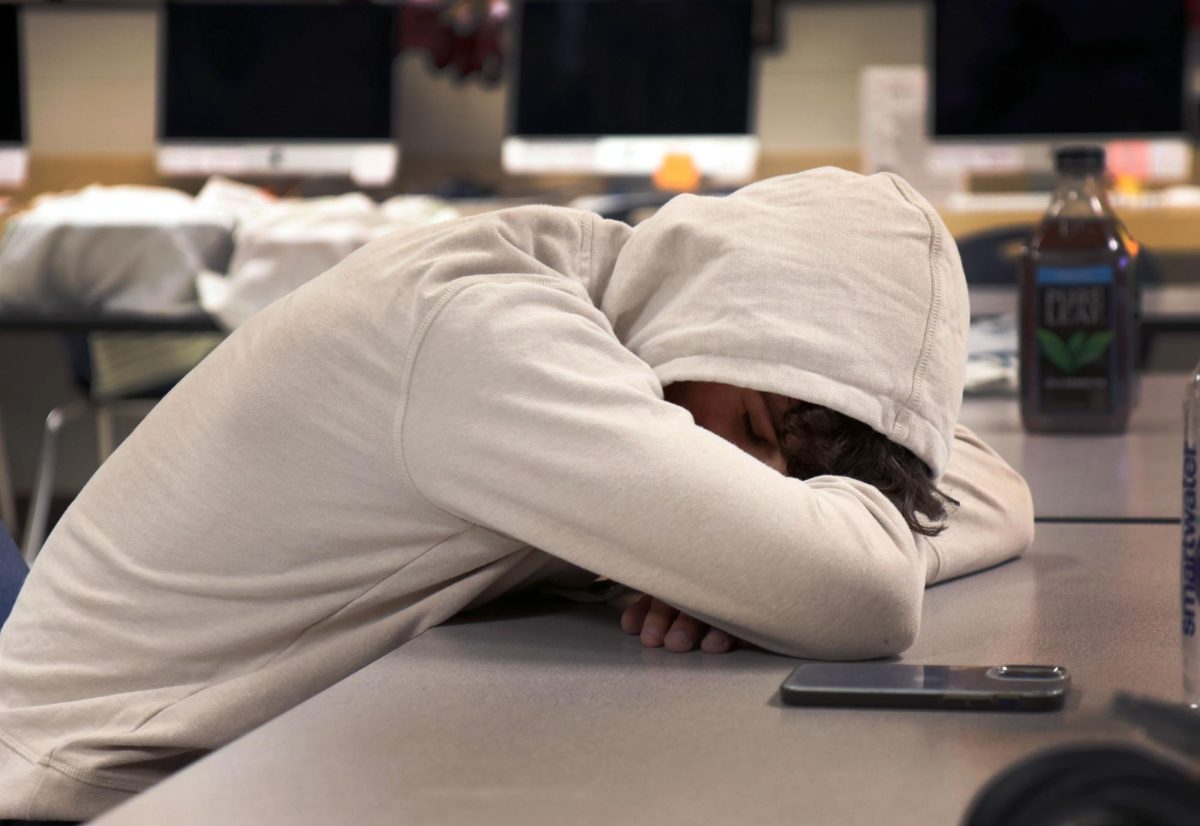

Brian Riley • Apr 9, 2018 at 8:19 pm
Loved this article. Thank you for having the guts to show both sides.
Mr. Cousins and Coach Hudson are fantastic men but the references to Chris Kyle and the military base shooting are not the same.
Chris Kyle was a great warrior and trained man but that doesn’t make him indestructible…. policemen are shot too.
The military base is almost like a school – they don’t carry weapons on them at the base – so they were kind of a “soft” target.
The student grabbing the gun in a fight or struggle is a reality that can happen.
Now I am a second amendment advocate but I don’t really know how I feel about teachers carrying – I want the kids to be safe and maybe armed security officers is the solution. Maybe teachers carry “non-lethal” defensive protection? Maybe we train everyone that we all really matter and our differences make us all important!
Personally I wish we lived in a perfect sin free world – unfortunately we don’t… solutions may be a variation of several things – even ones I didn’t mention. Thank you again for being open to discussion and debate. Freedom of press, speech, religion, etc. and the right to keep and bear arms along with the other amendments gives a real responsibilities- so choose to be be responsible!
Keep freedom alive!